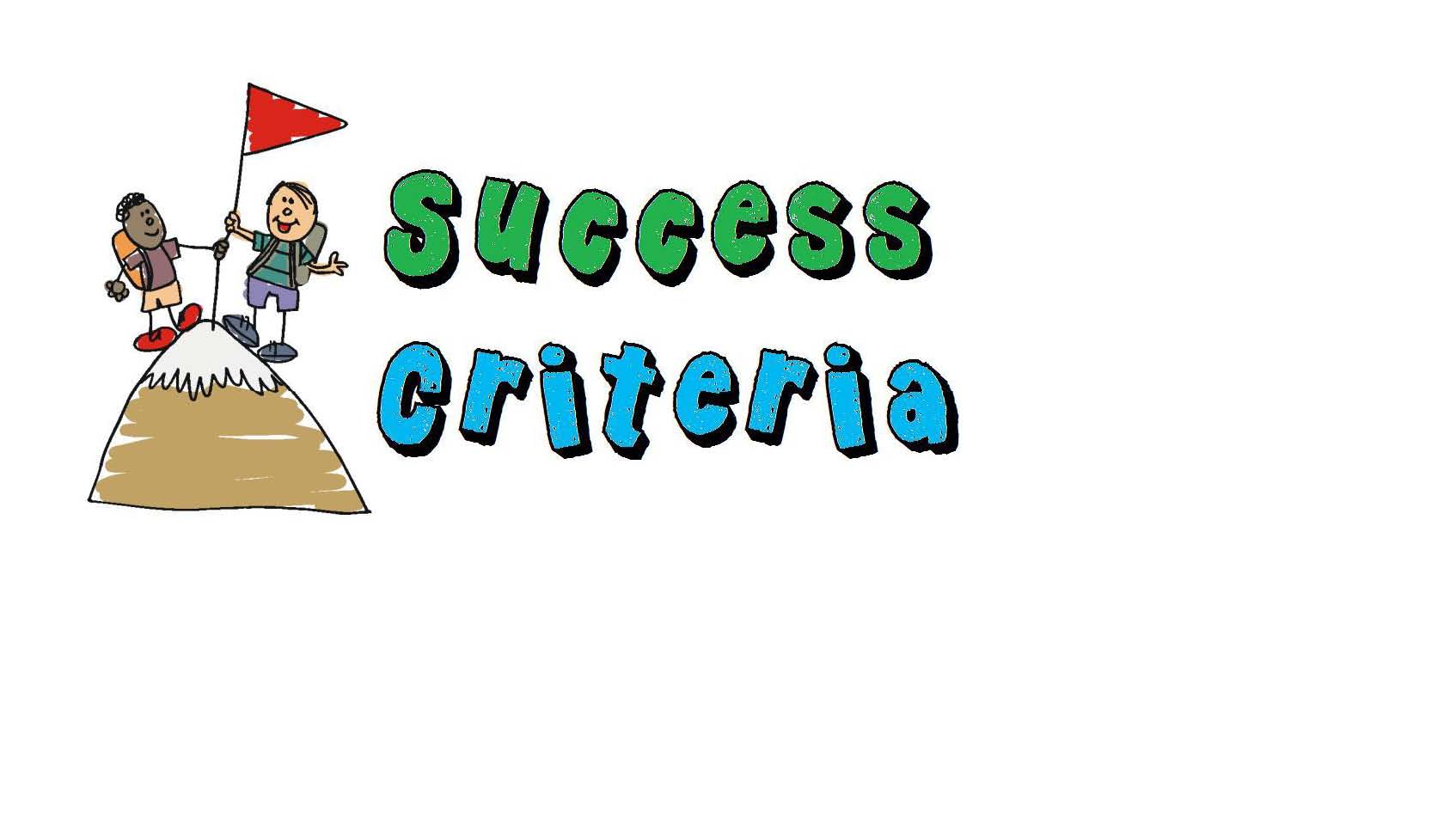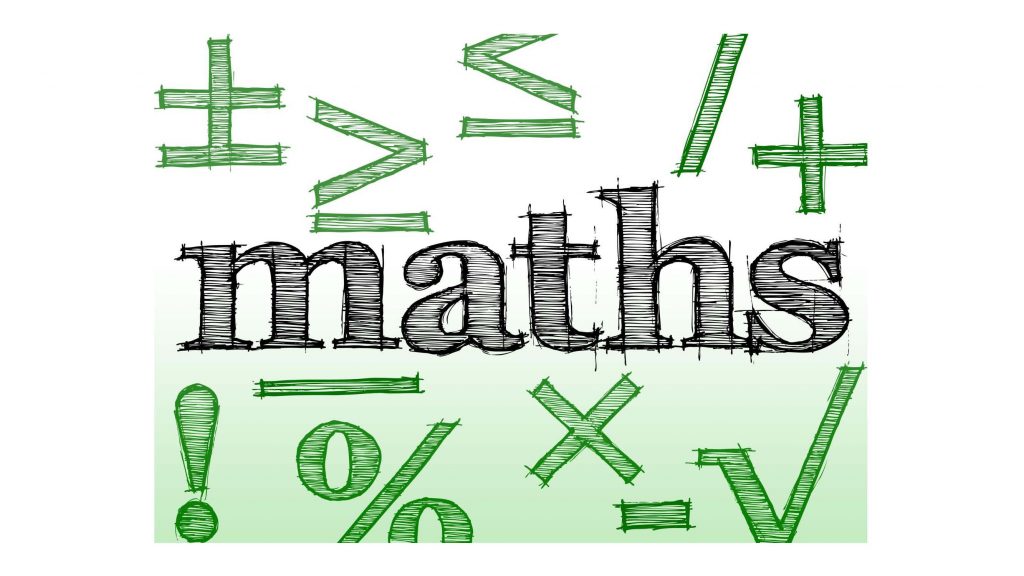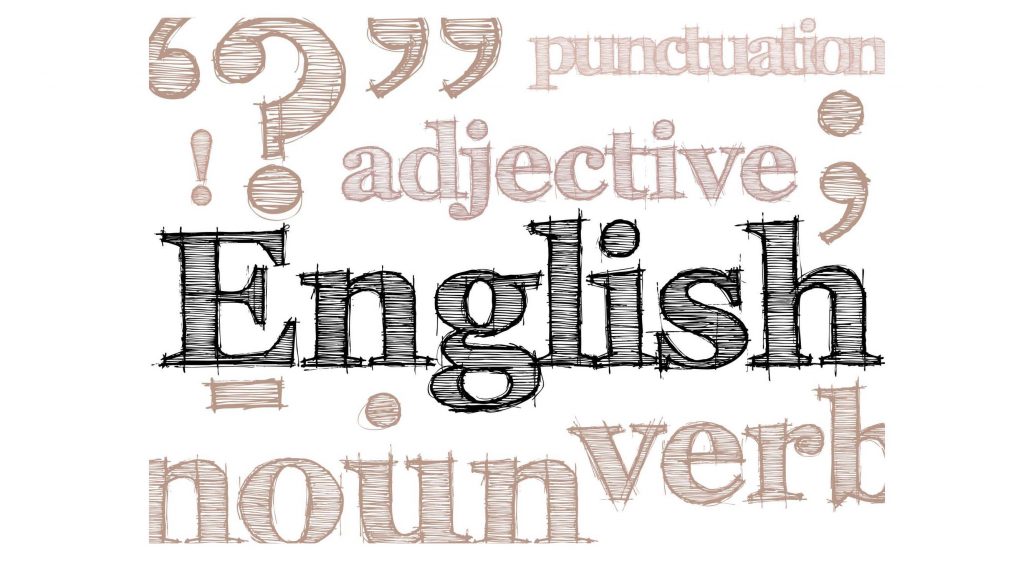Background
Shirley Clarke says that: “Success criteria are internalised and used by pupils if they have had a stake in their generation“.

Strategies we’ve used:
We have both tried using a number of strategies for co-constructing the open and closed success criteria (SC) for Maths and English (& other subjects).
Having compared our notes, we have found we have approached their creation in very similar ways, with the differentiation across the two cohorts being from our approach in facilitating and guiding the pupils talk.

In Y3/4 Maths:
The model we use which has developed over the year, is to get pupils to spend time working on skill fluency and then practice applying the skill in reasoning and problem solving. Following this period of embedding and investigation, the pupils, with the help of their Talk Partners (TP), discuss the SC they feel are important. This is then shared amongst the class and discussed. This is an invaluable Formative Assessment tool, as at this point, any misconceptions are able to be analysed and skill fluency revisited. A ‘master’ SC list is agreed by the children (guided by the teacher) and typed on the IWB so that the pupils can see their ideas are used and valued. This is sometimes printed off to put into their books, and sometimes the class one is used as a starting point for the children to edit and improve using their own words and ideas which they can write into their books. This is usually done towards the end of the unit, when they have all become familiar and confident with the skill being taught.
Sometimes, they have written the SC down on paper when discussing with TP at an earlier point in the unit, and a copy has been kept to refer back to later in the unit (or when the topic is revisited later in the year). At this point, the pupils are able to add to the SC they originally created, in another colour, as a clear indication of the progress in their understanding.
In Y5/6 Maths:
Having spent time teaching and applying the skills needed for a unit of work, the Y5/6 class are given a blank slip of paper where they create their SC list during working through the unit, using their TP to verbalise their thinking and reasoning, and changing and updating the slip as they go. They approach it as if they were writing to teach it themselves. At the end of the work we share our SC with the class – the pupils adding on any criteria they feel they missed off, and I as the teacher type up a ‘master’ copy on the IWB, to save for when the topic is revisited, and for revision. The pupils glue their own copy into their books, at the end of their unit.
In both teaching cohorts, the maths SC are generally closed criteria as they refer to the process of the skill. Obviously, when using the skill in a problem solving activity, it is the problem solving that needs the SC. It is at this point that the criteria becomes much more open, as the children are able to ‘choose from’ a range of techniques/approaches that they have at their disposal.

In Y3/4 and Y5/6 English:
We have both taken a very similar approach here. When writing a particular section of the story/non-fiction piece, we use our Toolkit created earlier in ‘Imitation’ week when studying the class text. Using our TP, we remind ourselves of what we need to/want to include in the Shared Writing that day. A continual dialogue is being had during this time and at the end of the Shared Writing, we create a ‘master’ list on the IWB together. It is at this point that we split the SC into Open and Closed criteria. For figurative language techniques, the pupils usually decide that these are open criteria and come under the optional “Choose From…” column. For the key ingredients that make the writing that particular genre, or that particular section of a story, the pupils decide these need to go in the closed criteria, (“Remember to include…”) column. This is done as a TP, then whole class, discussion. It doesn’t take very long at this point in the lesson as it follows the continual dialogue about it during the shared writing.
This SC table is visible on the IWB throughout the lesson, but also printed off, copied and handed out to the children so that they have their own copy to stick in their books, and mark off as a kind of ‘checklist’ to support their writing.

Year 3/4
Realistically, the process has not been as seamless as the above description would suggest. The last go at co-constructed success criteria was more like the above but the first couple of attempts required much hand holding and teacher input to end up with a coherent set of skills. The children have embraced it as the year has gone on and the process is much swifter now than our early bumbling attempts.
It is an extremely useful formative assessment tool. You can see exactly what the children have understood and used.
Year 5/6
The older children were able to assimilate the idea of what I wanted them to contribute pretty much immediately.  In English, they could see from the outset that I was recording what had already been discussed by them in class and they found the print out of the SC table to put in their book extremely powerful as a tool in itself. In maths, they have always been trained to ‘teach it’ in their explanations and to justify and clarify all the way through any explanations. Writing up the co-constructed SC at the end of the unit and sharing our findings as a class seemed a very natural process to them.
In English, they could see from the outset that I was recording what had already been discussed by them in class and they found the print out of the SC table to put in their book extremely powerful as a tool in itself. In maths, they have always been trained to ‘teach it’ in their explanations and to justify and clarify all the way through any explanations. Writing up the co-constructed SC at the end of the unit and sharing our findings as a class seemed a very natural process to them.
I have found it a very powerful contribution to my Formative Assessment of the learning. The ownership they feel over it, and the talk that it generates and requires, is a very powerful thing in embedding the learning.
